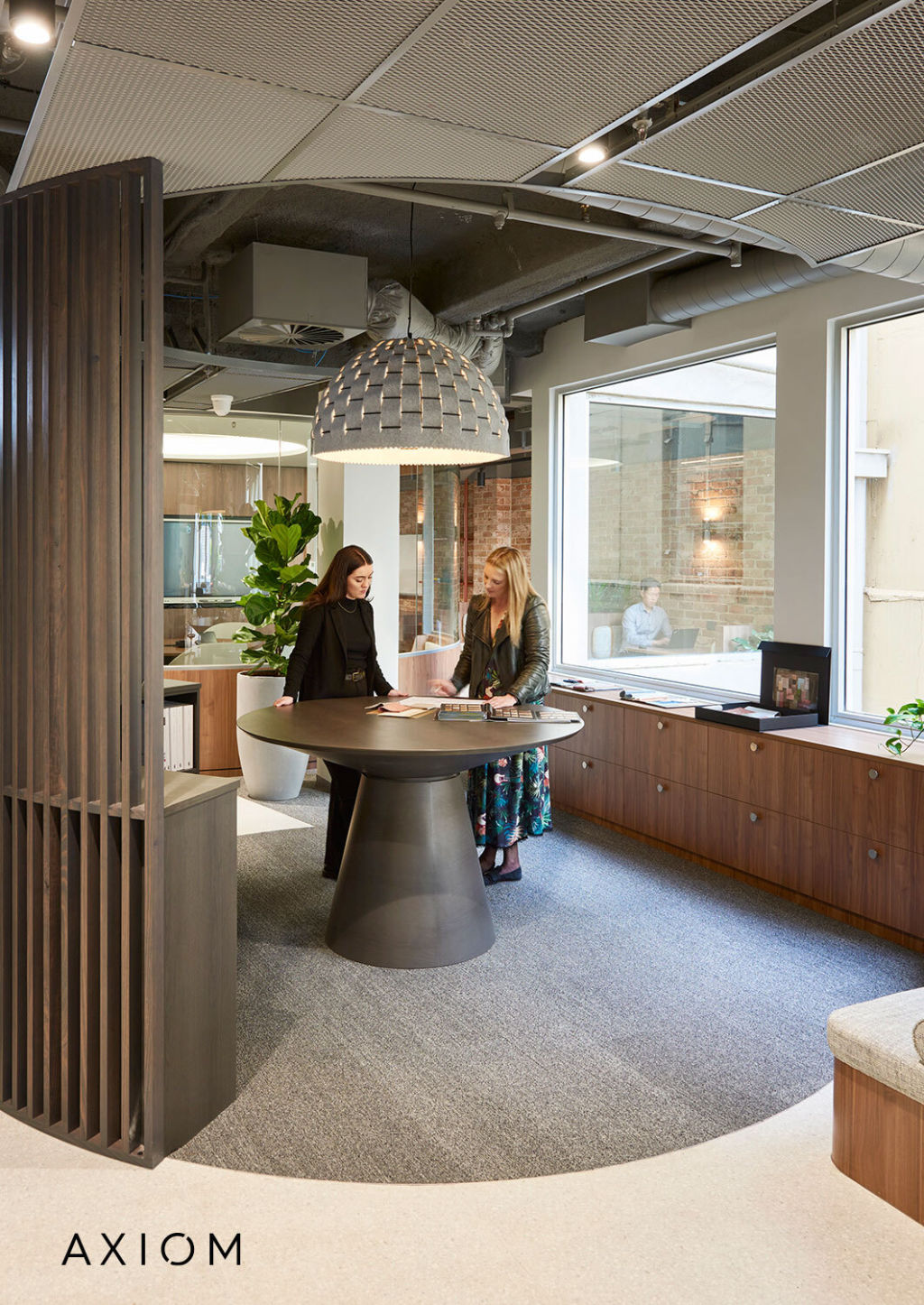Speculative, or pre-fit, office spaces are attracting tenants in today’s competitive leasing markets, but experts say landlords need to be smart to ensure the benefits outweigh the costs.
Spec fitouts involve a property owner fitting out their lettable office space before a tenant has been secured. These landlords want to lure tenants looking for cost savings and with plans to begin operating immediately.
Pre-fits have been a way to differentiate available spaces for more than a decade, but the practice has picked up in recent years.
Sarah Hughes, national director of tenant advisory at Colliers, says most of her clients now actively seek pre-fit space.
“Of the clients we’ve worked with so far this year, 67 per cent have had a preference for premises with existing fitout or a newly built fitout, meaning only 33 per cent have had a preference to build their own fitout,” she says.
Hughes says pre-fits appeal mostly to tenants looking for A or B-grade space ranging from 100 square metres to whole floors. Mid and high-rise premium-space tenants in the CBD find pre-fits less compelling.
“These tenants are taking a longer-term view on their office and want to ensure it reflects their brand and any unique requirements they may have.”
Landlords also need to be mindful of what to include in the fitout, as tenants increasingly expect essential inclusions.
“Tenants want a space that provides a complete walk-in solution. This means a good ratio of a variety of meeting spaces to workspaces to collaboration areas, which can be tricky for a landlord to get right.”
Adequate soundproofing is also a “must have”, as are white goods, which tenants expect won’t come at an additional cost. High-quality kitchen and breakout spaces with commercial-standard fittings are key.
“Domestic fittings are not designed to withstand the level of use within an office,” Hughes says. “Of equal importance is ensuring the space is not viewed as generic. It needs to have a unique aspect to it, so it is memorable in a good way. We have seen some landlords miss the mark with colour choices – for example, salmon walls.”
She says appealing to the widest potential range of tenants can be challenging for landlords, so they must always begin by adequately researching their target market.
“A landlord who does the groundwork to truly understand what tenants are seeking will be more successful in securing a tenant.”
While landlords might try to cater to a certain tenant base, Asher Frankel, director of client solutions at Axiom Workplaces, says not all are hitting the mark. Often, tenants need to remedy a spec fitout.
“We frequently encounter client tenants who find that leased office spaces with standard spec fitouts fall short of meeting their needs. These spaces often appear basic, are built with lower-quality products and materials, and usually require significant additional fitout work to become fully functional and reflective of the client’s brand identity.”
Despite the advantages spec fitouts can deliver, there are limitations for tenants, according to Frankel.
While Axiom has noticed an increase in pre-fit spaces coming to market, he believes early advice on bespoke design delivers a better outcome for a lessee.
“This early collaboration is crucial for enhancing workplace performance.
“Our clients often use the workplace strategy data to inform the design decisions and create a tailored design that not only meets their needs but also propels them toward achieving their business objectives.”
Tenants with client-facing areas, for example, often need to avoid pre-fits as the spec design and finish can clash with their branding.
“On the other hand, for smaller businesses without the need for client interaction spaces and operating with tighter budgets, a standard pre-fit might be an adequate and cost-effective solution,” Frankel says.
Despite the challenges, Hughes says the pre-fit approach to office leasing appears here to stay.
For example, growing awareness of the importance of environmental, social and governance (ESG) issues has increased the appeal of pre-fit space for many tenants.
“There is considerable demand for repurposed or upgraded fitouts,” she says. “Not only does this tick a lot of boxes from a sustainability and reuse perspective, but it also means the tenant will benefit from a stronger financial deal.”
She concedes that landlords must mitigate risks. For instance, they should select high-quality fittings and furnishings to ensure longevity and less maintenance.
